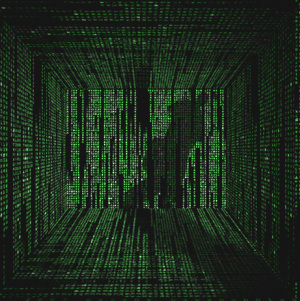|
1/7/2015 0 Comments Inner Brain Maps By Bridget Hennessy The University of California induced similar symptoms of people with Alzheimer’s and people who suffer from strokes in mice by removing the “place cells” in the brains of mice, which are responsible for navigational abilities and the gridding of inner maps. By removing this area in the brain, the researchers were able to simulate why people with Alzheimer’s lose their sense of direction. The affected mice were, as predicted, poor at tasks that required internal mapping skills, like remembering the location of objects. Surprisingly though, the mice retained the ability to mark spatial changes in their environment. They realized when objects were moved, even by just a few inches, and could recognize objects they had seen before. This suggested that the mice had developed other place cells that conveyed location despite the removal of the inner grid, though these cells were less accurate and less active. The experiment removed the input line to these less developed “place cell” neurons, so it was surprising that the cells could function without this relay of information. This confirmed that there are divisions within the memory circuits of the brain that can function independently when significant parts are removed. Source: http://www.sciencedaily.com/releases/2014/11/141110210646.htm
0 Comments
Leave a Reply. |
WELCOME, UMICH SCIENTISTAS!
CAMPUS PICS
WHAT'S NEWUPCOMING EVENTSPAST POSTS
October 2022
SORT BY TAG |
The Scientista Foundation, Inc. All Rights Reserved © 2011-2021 | Based in NY | contact@scientistafoundation.org
The Network for Pre-Professional Women in Science and Engineering
The Scientista Foundation is a registered 501(c)(3) -- Donate!
The Network for Pre-Professional Women in Science and Engineering
The Scientista Foundation is a registered 501(c)(3) -- Donate!


 RSS Feed
RSS Feed